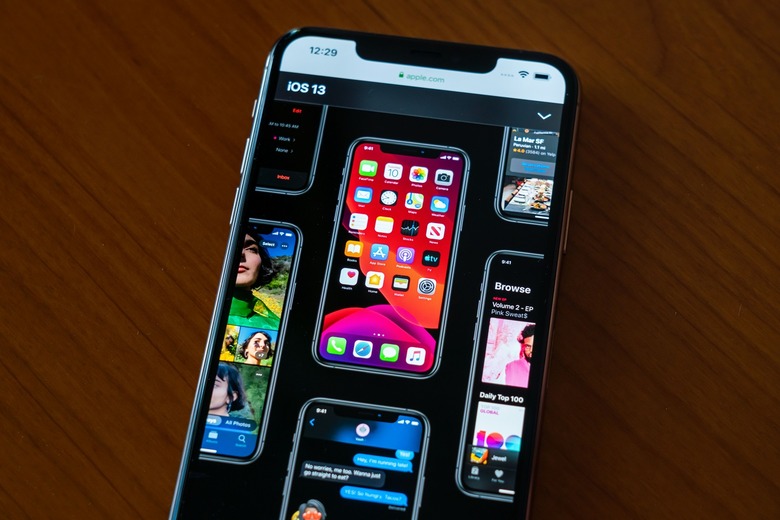Apple Just Released iOS 13.4 Beta 3 For The iPhone
Apple's upcoming new iOS 13.4 software is the version new version of iOS 13 in quite some time that adds a few noteworthy new features. That makes sense, of course, since iOS 13 has been a bit messy so far. It's nowhere near as bad as iOS 11 was two years ago, but iOS 13 has still been very buggy ever since it was first released back in September. It's still quite buggy even to this day, but early iOS 13.4 betas have managed to squash a few of the most annoying bugs that are still lingering. On top of that, iOS 13.4 adds nifty new features like CarKey, iCloud Drive folder sharing, additional Memoji stickers, a new toolbar in the Mail app, new Siri commands, and an awesome new feature allowing developers to bundle iOS and Mac apps as a single purchase. Definitely check out our full rundown of the best new features in iOS 13.4 so far, and now Apple has just released a new version of the software, iOS 13.4 beta 3 for developers.
As is always the case, iOS 13.4 beta 3 was released alongside Apple's corresponding iPad software update for developers, iPadOS 13.4 beta 3. We can also expect new versions of Apple's public iOS betas to follow shortly. Wondering whether or not your device is compatible with iOS 13.4 or iPadOS 13.4? Well, we put together a full list below that contains every compatible device. If your device is on there, it's compatible with Apple's latest beta software:
- iPhone 11 Pro
- iPhone 11 Pro Max
- iPhone 11
- iPhone XS
- iPhone XS Max
- iPhone XR
- iPhone X
- iPhone 8
- iPhone 8 Plus
- iPhone 7
- iPhone 7 Plus
- iPhone 6s
- iPhone 6s Plus
- iPhone SE
- 12.9-inch iPad Pro 3rd generation
- 12.9-inch iPad Pro 2nd generation
- 12.9-inch iPad Pro 1st generation
- 10.5-inch iPad Pro
- 9.7-inch iPad Pro
- iPad Air 3rd generation
- iPad Air 2
- iPad 6th generation
- iPad 5th generation
- iPad mini 5th generation
- iPad mini 4
- iPod touch 7th generation
As you must we aware by now, installing a new iOS or iPadOS beta on your iPhone, iPad or iPod touch couldn't be easier. Just navigate to Settings > General > Software Update and then tap "Download and Install" at the bottom of that page. If you want, you can also install the update through iTunes by connecting your iOS device to a computer. Whichever method you choose, just make sure to back up your device before installing the update.
